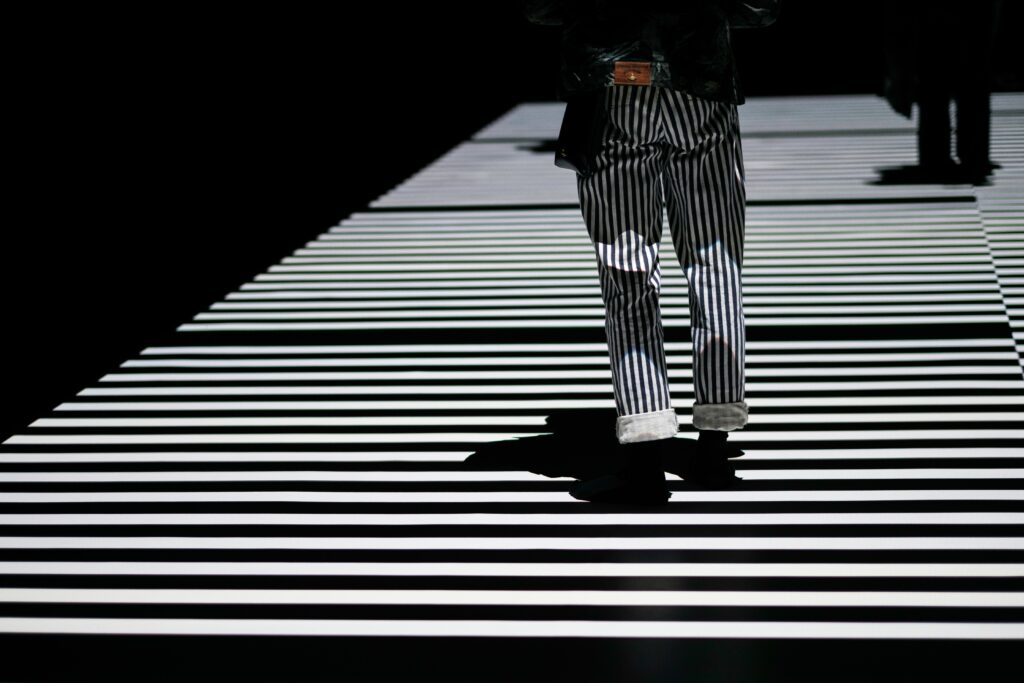Many of us, even those just starting out in photography have heard of the golden hour. Technically it's golden hours because you have one around sunrise and one around sunset. It is a fantastic time to shoot, a time when the light is soft and yellow and the shadows long.
There is however another great time to shoot and that comes just before the dawn golden hour and just after the evening one. It comes from the French “l'heure bleue” and denotes the time that the sun is below the horizon but creating ambient light. The blue hour lasts for 30-40 minutes and the light tends towards the blue wavelength hence its name.
There are many subjects that lend themselves to the blue hour. Landscapes and seascapes are amongst the most common. Another genre is cityscapes and today we will look at why they are so suited to the blue hour.
Did you know we are about to release a free six part video series on blue hour photography? To be notified, sign up here.
The Blue Hour and Cityscapes
What is about a cityscape that makes it look so good in a blue hour photo? There are a number of reasons but chief amongst them is colour contrast. As the light fades, cities come alive with ambient light. Tungsten, neon and fluorescent all combine into a riot of artificial colour. Contrast this with the deep blue of the sky and shadow regions and you get a very visually striking image.

Another element that makes this so compelling is the need for a slow shutter speed. Car lights become red and yellow streaks on a blue background. Lights in water become an attractive shape rather than a defined reflection. Lets have a look at the subtle differences in shooting cityscapes predawn and post sunset.

The Morning Blue Hour
The morning blue hour is a time of tranquility. Quiet, deserted streets, few cars, it is one of the only times that you can see a city for its architecture rather than its life. Many buildings turn their lights off after midnight so there are fewer artificial lights in the morning blue hour. This serves to make the lights that does exist more striking.
Shops setting up for the days work, bakeries and cafes beginning to open cast and eerie orange glow in the blue shadows. It's an enchanting and peaceful time to be a photographer, a time to capture more intimate cityscapes. It is best to scout the locations prior to shooting them as it will be dark when you arrive and difficult to determine where the best shot will be.

Don’t forget to sign up for our free six part video series on taking your blue hour photography to the next level. Get notified here.
The Evening Blue Hour
The evening cityscape is often the polar opposite of the morning blue hour. It is the time of the “bright lights, big city”. People and traffic throng the streets and the buildings are lit up like Christmas trees. This is the time for more action oriented shots such as light trails and people rushing past brightly lit shops. It is also the time for the wide sweeping cityscape. Capturing an entire city skyline full of brightly light colourful buildings, all contrasting against the deep blue sky. The evening blue hour is a time of drama, motion and colour.

How to Shoot in the Blue Hour
Taking shots in the blue hour can be challenging. To get maximum sharpness and depth of field you are going to need to shoot from a tripod. You are also going to need to experiment with exposure and work fast as the light changes. Shutter speeds will almost certainly be below 1 or 2 seconds and by keeping your aperture to f/8 or /f11 you will maintain depth of field whilst eliminating diffraction. Be prepared to bracket your exposures to get the best shot. Bracketing also opens the option of creating HDR in post production so it is a win win
The other big element that is potential hurdle is white balance. You will have multiple different light sources, all potentially with a different white balance. The simplest solution is to shoot all your blue hour images in RAW and experiment in post production to get the colour right. You can also selectively change white balance in different areas of the shot using Lightroom or Photoshop RAW.
Blue hour is a magical time to shoot. You need to be up very early to shoot the predawn, especially in summer months but the rewards are great. Evening blue hour is a time to make the city shine, bring it to life. All your really need for great blue hour cityscapes is a keen eye, a camera and tripod and to shoot in RAW.
Get notified of our upcoming free six part video series on blue hour photography here.




